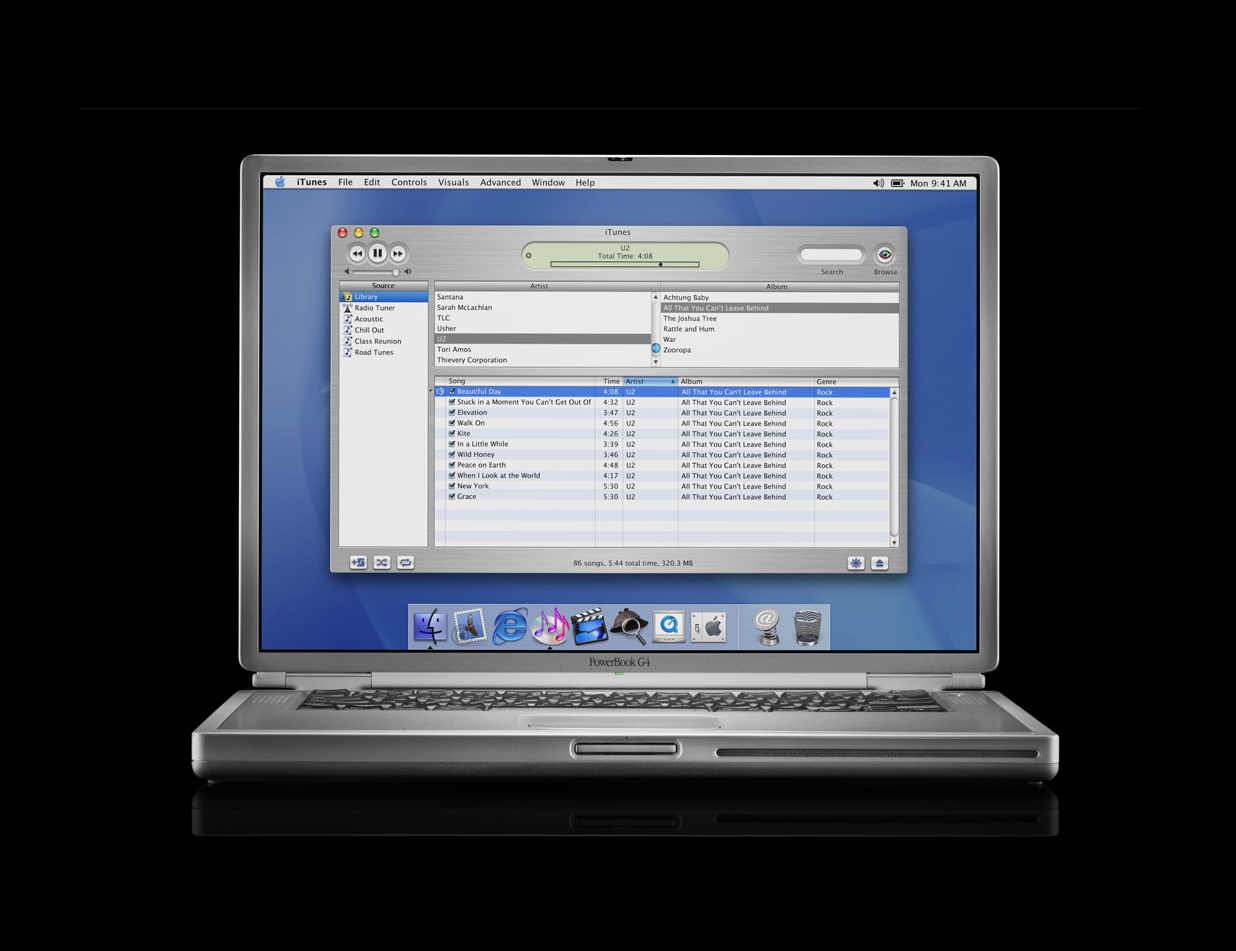On the website of Jablíčkára, we recall from time to time some of the products that Apple introduced in the past. This week, the choice fell on the portable Powerbook G4.
It could be interest you

The first generation PowerBook G4 was introduced at the MacWorld Expo on January 9, 2001. Steve Jobs then announced that users would get two models with 400MHz and 500MHz PowerPC G4 processors. The durable chassis of the new Apple laptop was made of titanium, and the PowerBook G4 was one of the first laptops with a widescreen display. The optical disc drive was located on the front of the computer, earning the computer the unofficial nickname "TiBook". The PowerBook G4 was developed by Jory Bell, Nick Merz and Danny Delulis, and with this model Apple wanted to differentiate itself from previous plastic laptops, such as the colored iBook or the PowerBook G3. The bitten apple logo on the lid of the laptop was rotated 180° compared to the previous model. Among other things, Jony Ive also participated in the design of the PowerBook G4, who promoted the minimalist appearance of the computer.
PowerBook G4 in the titanium version looked really great in its time, but unfortunately it soon began to show certain defects. The hinges of this laptop, for example, cracked over time even with normal use. A little later, Apple released new versions of its PowerBooks, which already changed the hinges so that problems of this type did not occur. Some users also reported problems with the display, which were caused by a not-so-happily placed video cable. Unwanted phenomena such as lines often appeared on the displays of some PowerBooks. In 2003, Apple introduced the aluminum PowerBook G4s, which was available in 12", 15" and 17" variants. Unfortunately, even this model was not without problems - for example, there were problems with memory, unwanted transition to sleep mode or display defects. Production of the first PowerMac G4 ended in 2003, production of the aluminum version in 2006.



